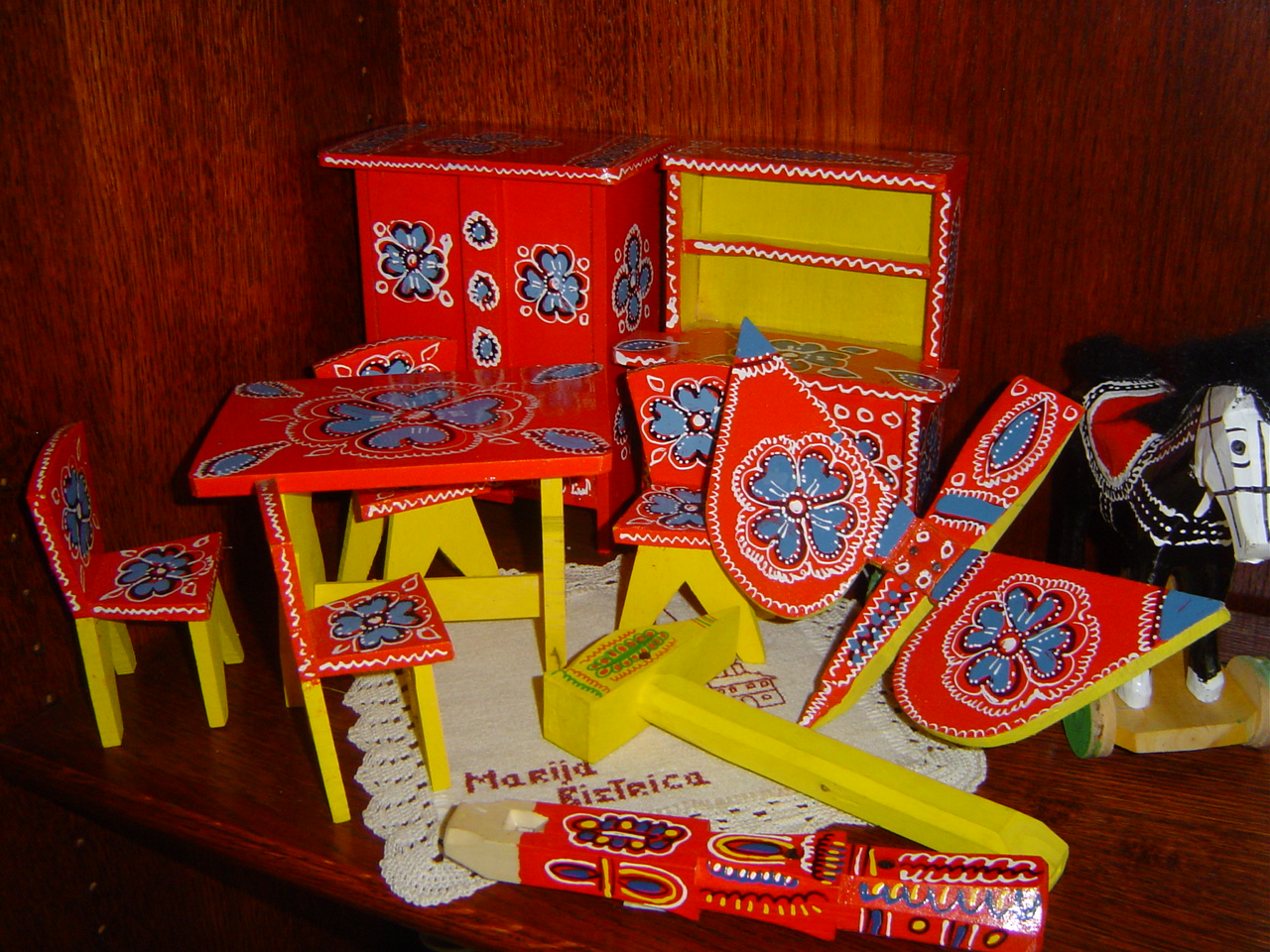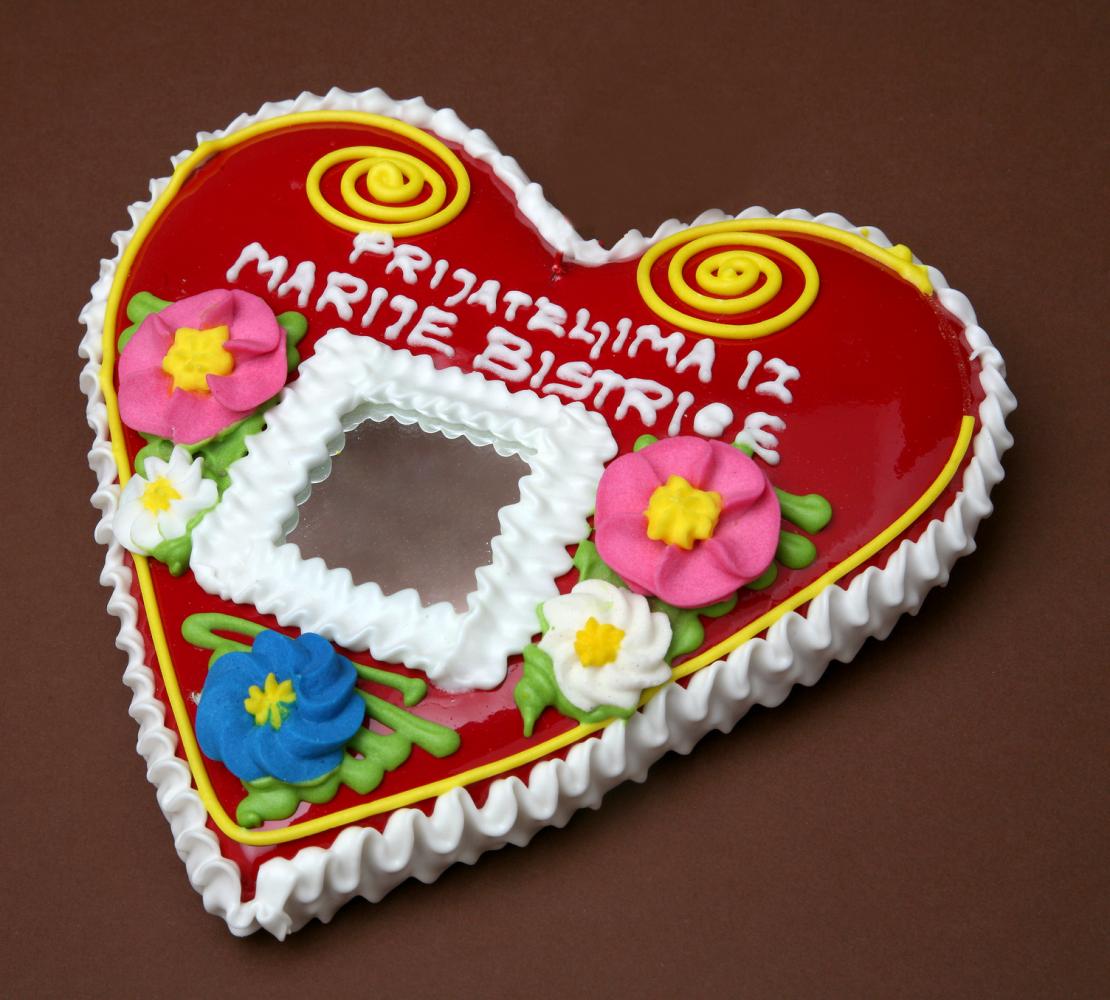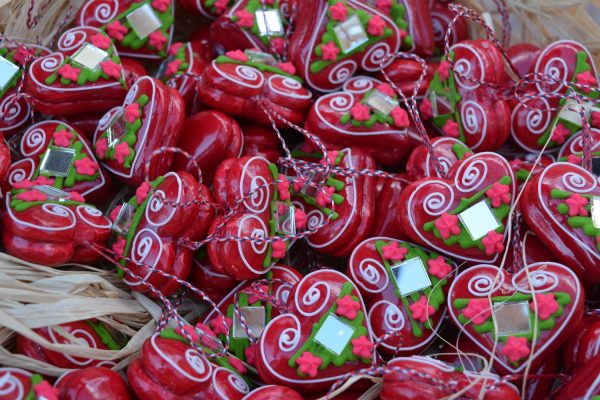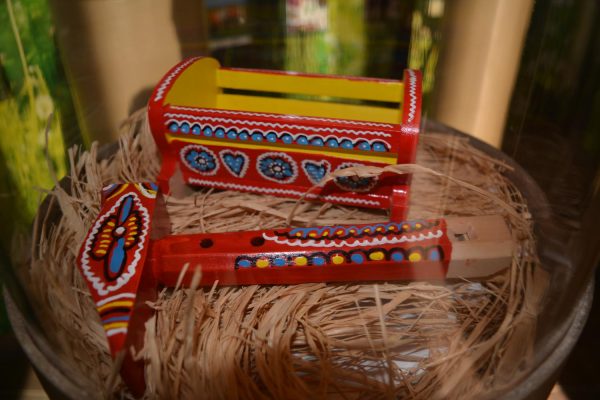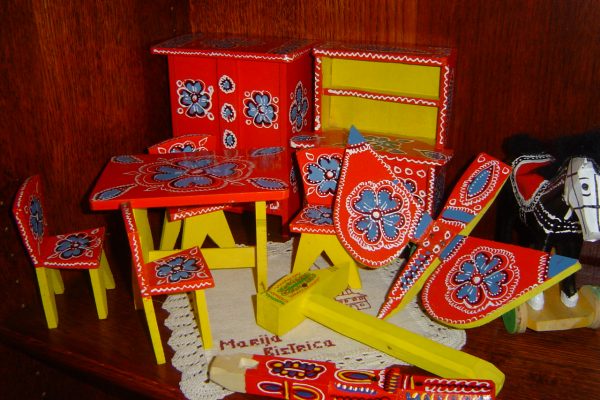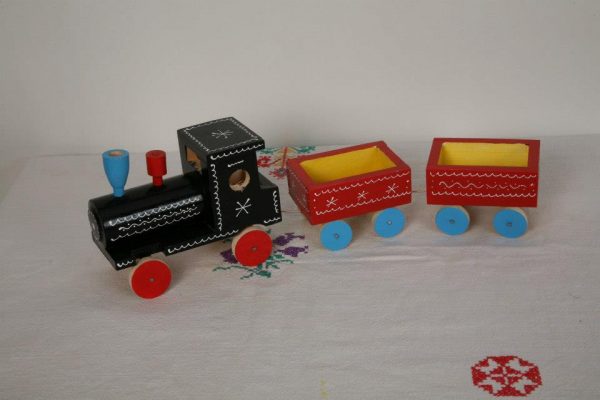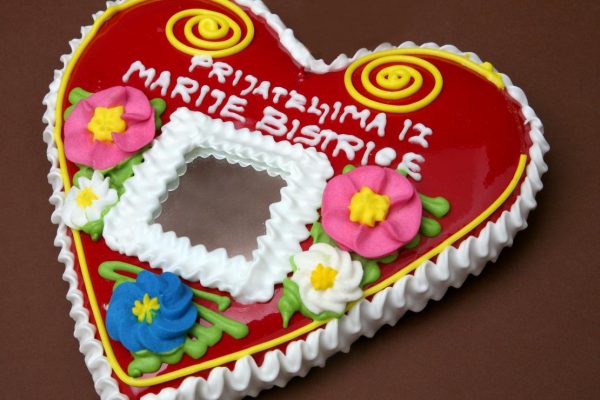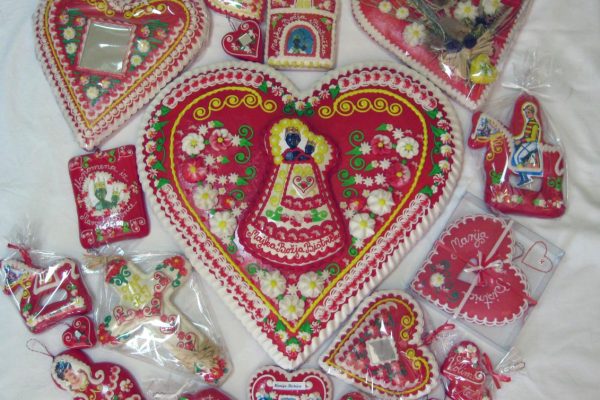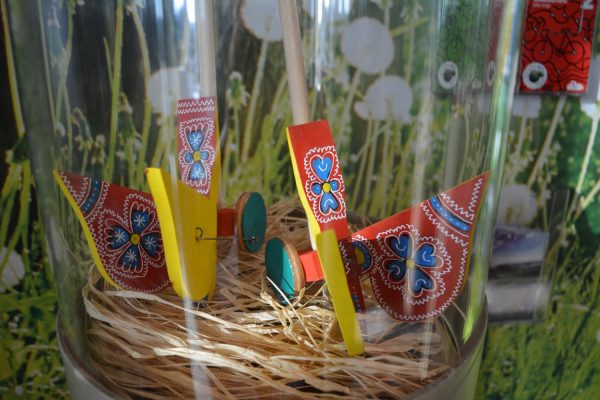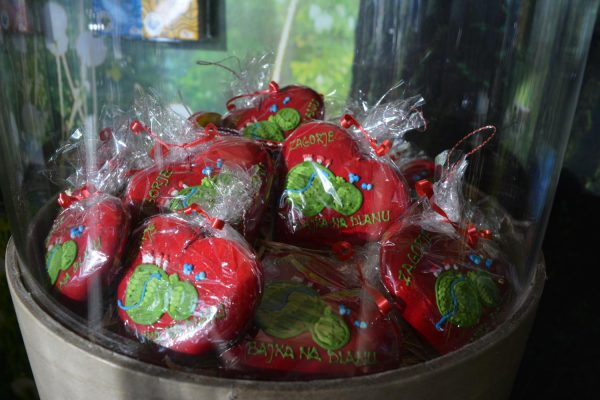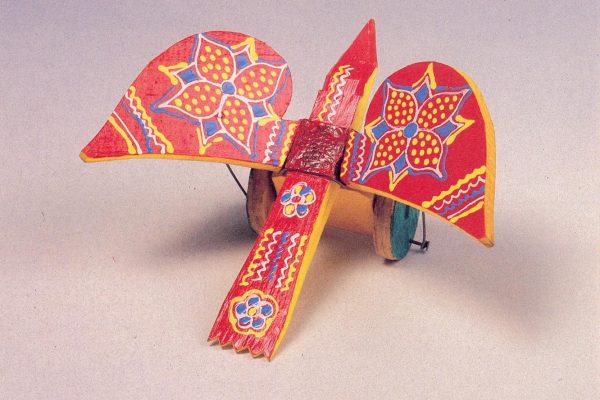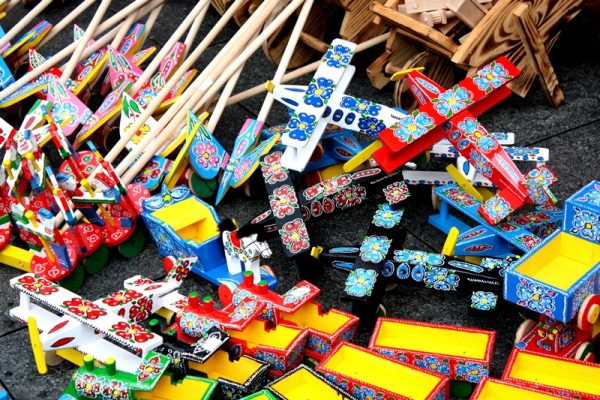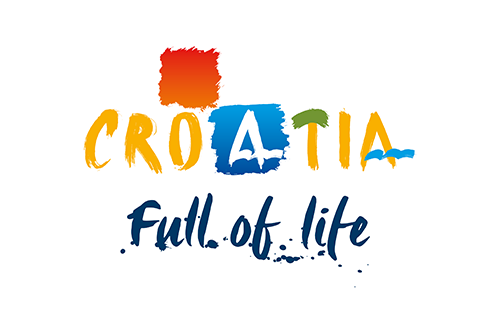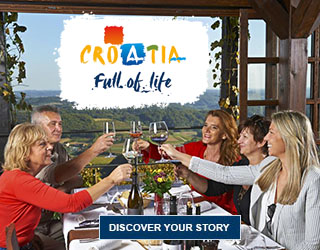Wooden toys are recognizable traditional products of Hrvatsko Zagorje with a long history, whose production started in the 19th century and lasts until the present day. Wooden toys´production centeres are the cities of Bistrički Laz, Stubički Laz, Gornja Stubica, Marija Bistrica, Tugonica and Turnišće. There are several types of toys, such as wooden flute – “žvegla”, “klepetaljke” – birds with wheels that clap wings when pushed on a stick, tamburitza, wooden animals, whistles, car models, trucks, trains, airplanes, children furniture for dolls and many other.
The production method was passed in certain families from generation to generation and kept alive until today. The production is specific because the toys are handcrafted by men and painted mostly by women. Each toy is handmade, and it is impossible to find identical toys.
The toys are made of willow, maple, beech and lime tree wood. The wood is cut, dried, timbered and formed by using the molds. The most common colors, traditional for wooden toys, are red, blue, white and yellow. The toys are sold during church festivals, fairs, at the markets, and mostly at Marian shrine of Marija Bistrica.
The art of making traditional wooden toys from the area of Hrvatsko Zagorje was included in the UNESCO´s Representative List of the Intangible Cultural Heritage of Humanity in 2009 and in the List of Protected Intangible Heritage of the Register of Cultural Property of the Republic of Croatia.


